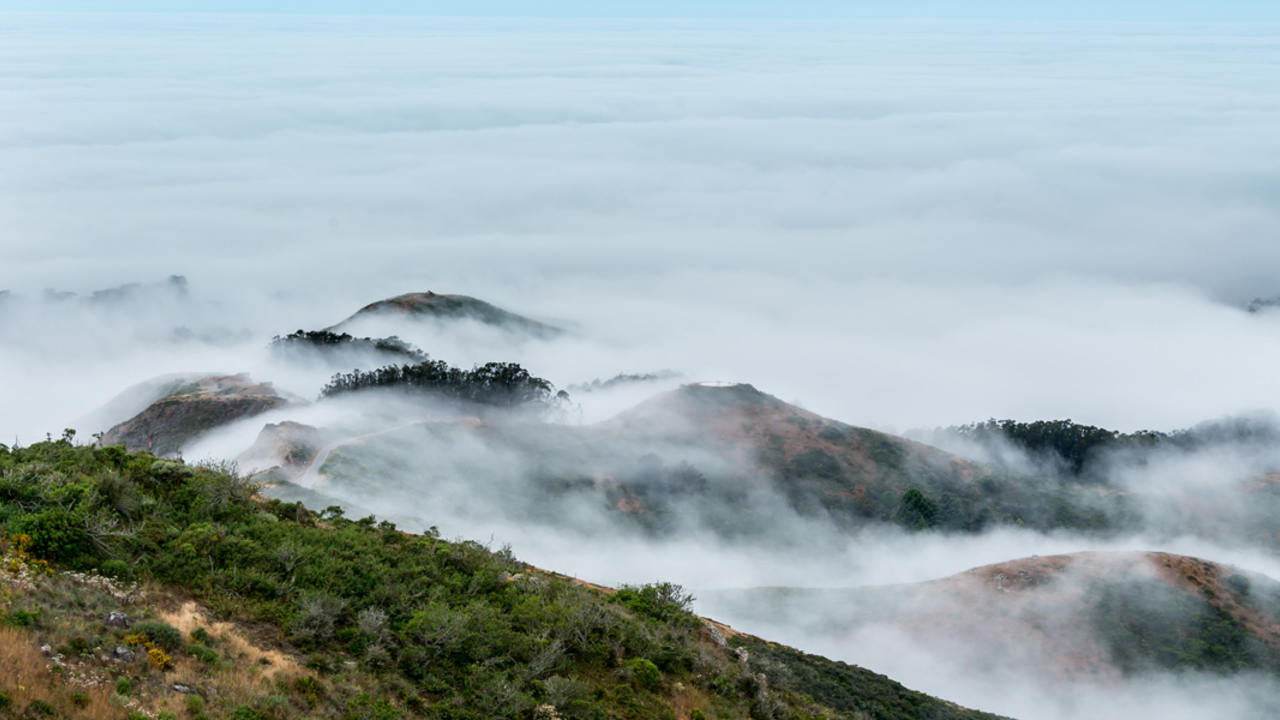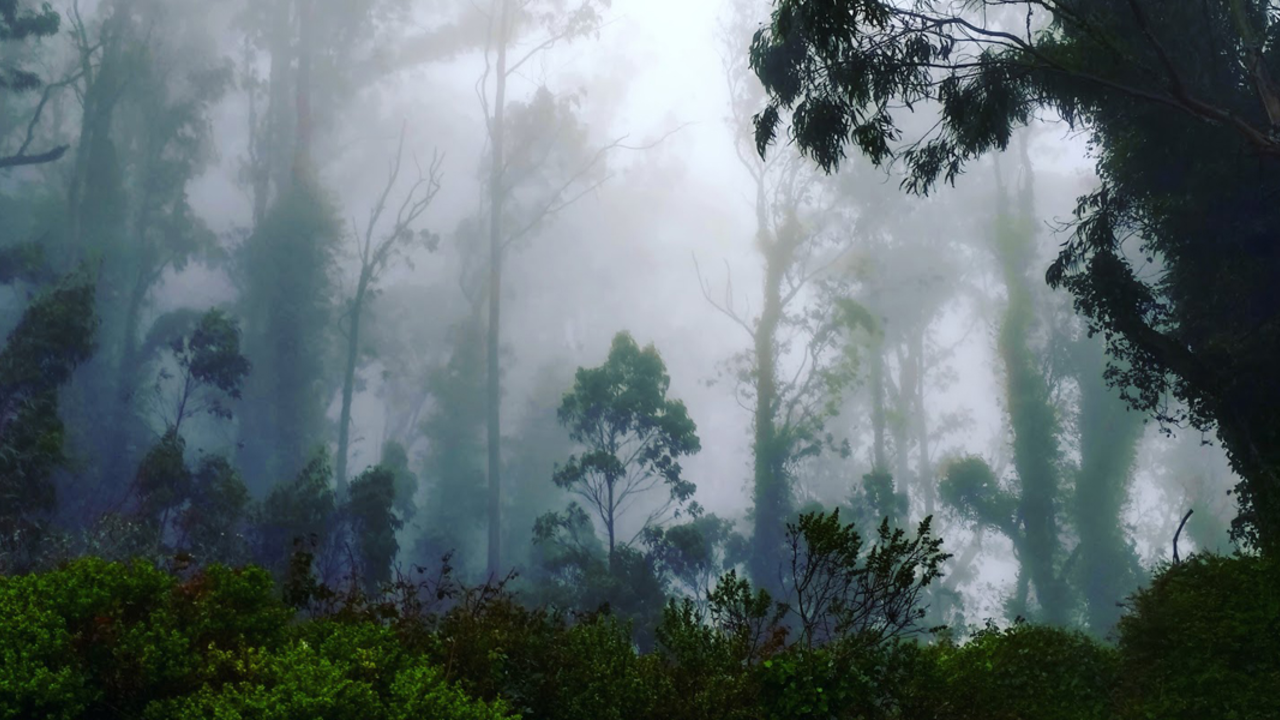De-mist-ifying the Fog: Five Fun Facts
The image of quintessential San Francisco isn’t complete without the looming fog gliding over the Golden Gate Bridge like a cold blanket ready to hug the warmth out of the city. Sure, it may affect visibility and can make summer feel like winter—especially in August, aka “Fogust”—but it is beloved nonetheless. Here are some foggy facts to “de-mist-ify” this local weather phenomenon.

The fog along the coast of the Golden Gate National Parks is called “advection fog.”
This type of fog forms when humid air from the Pacific Ocean swoops over the chilly California wind current flowing parallel to the coast. The fog stays low to the ground and then the warm, moist air condenses as it moves across the San Francisco Bay or nearby land. This is common near any coastline.
The Golden Gate Bridge has two fog horns, which blast for 2.5 hours each day, on average.
Unlike the sirens from Homer’s The Illiad, the Golden Gate Bridge’s fog horns lure sailors safely through the wall of fog. Their blaring sound has become as synonymous with San Francisco as the bridge itself, which has had them since its opening in 1937 (the color of the span, International Orange, was chosen in part because of its visibility in the fog).
The fog horns are located in two distinct locations: at the middle of the Golden Gate Bridge (mid-span) and at the south tower on the San Francisco side. Each horn omits a different tone at different times.
During March, their blasts can be heard for less than half an hour a day. But during the summer--San Francisco's “winter”/foggy season—they can sound for over five hours a day or for days at a time.

Fog is basically water droplets suspended in the air, mixed with dust and other microscopic particles.
Typically, air already contains water vapor, and the warmer the air, the more H2O the air can hold. However, air can’t hold much water as it cools. When it reaches the dew point, it becomes fully saturated with water vapor. If the air cools even more, it loses the ability to hold all of that water vapor—forcing the vapor to condense around tiny, dust-sized particles to form droplets. When enough of these droplets accumulate—voila! Fog is born.
In summer, coast redwoods can get more than half of their moisture from fog.
The soaring redwoods along the the California coast don’t rely on rainfall alone as fuel for their journey to the sky—fog can be rather...wet. In an article on fog, Bay Nature mentions that “physicist Daniel Fernandez of California State University, Monterey Bay, began measuring its [fog’s] water content. His record haul from a one-square-meter fog collector: 39 liters, or nearly 10 gallons, in a single day.”
Scientists also have confirmed that the trees had to soak up fog’s drippings from the soil and through their leaves.
San Francisco’s Fog has a larger-than-life online personality.
You now have a name to assign to that cloudy entity engulfing the city: Karl. Karl is a name assigned to our local weather phenomenon by a social media account, and he’s insanely popular. @KarltheFog boasts more than 146,000 followers on Twitter and more than 200,000 on Instagram--making him a bonafide Bay-lebrity. We suggest checking out his posts for a good chuckle.
According to an article from SF Weekly on the social media accounts of Bay Area landmarks, the person behind @KarltheFog got the name as a reference to a character in Tim Burton’s film Big Fish.
The next time Karl creeps in over the Golden Gate Bridge and Sutro Tower, you will understand how he helps maintain a balanced ecosystem in the Bay Area.
Save
Save





